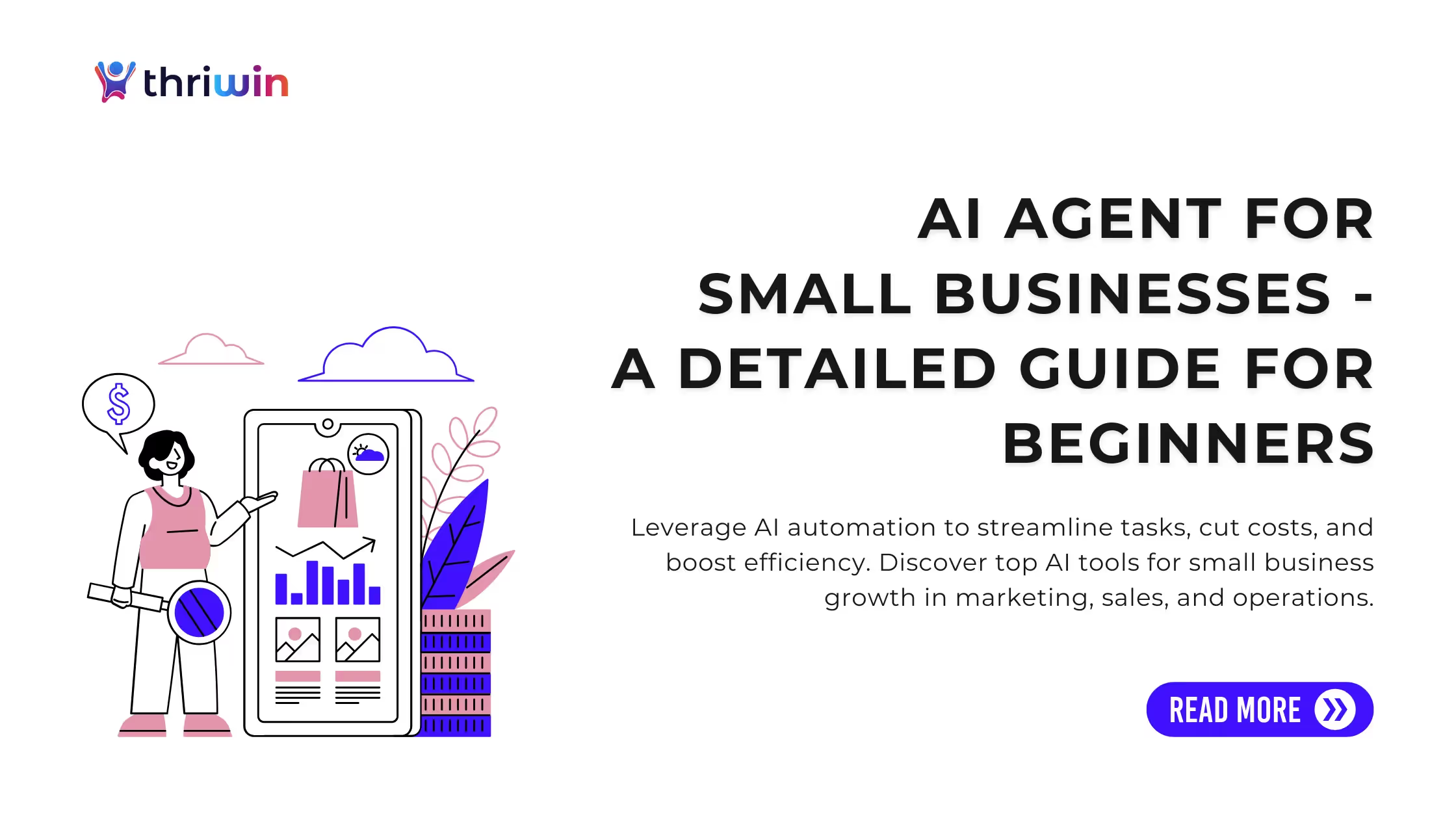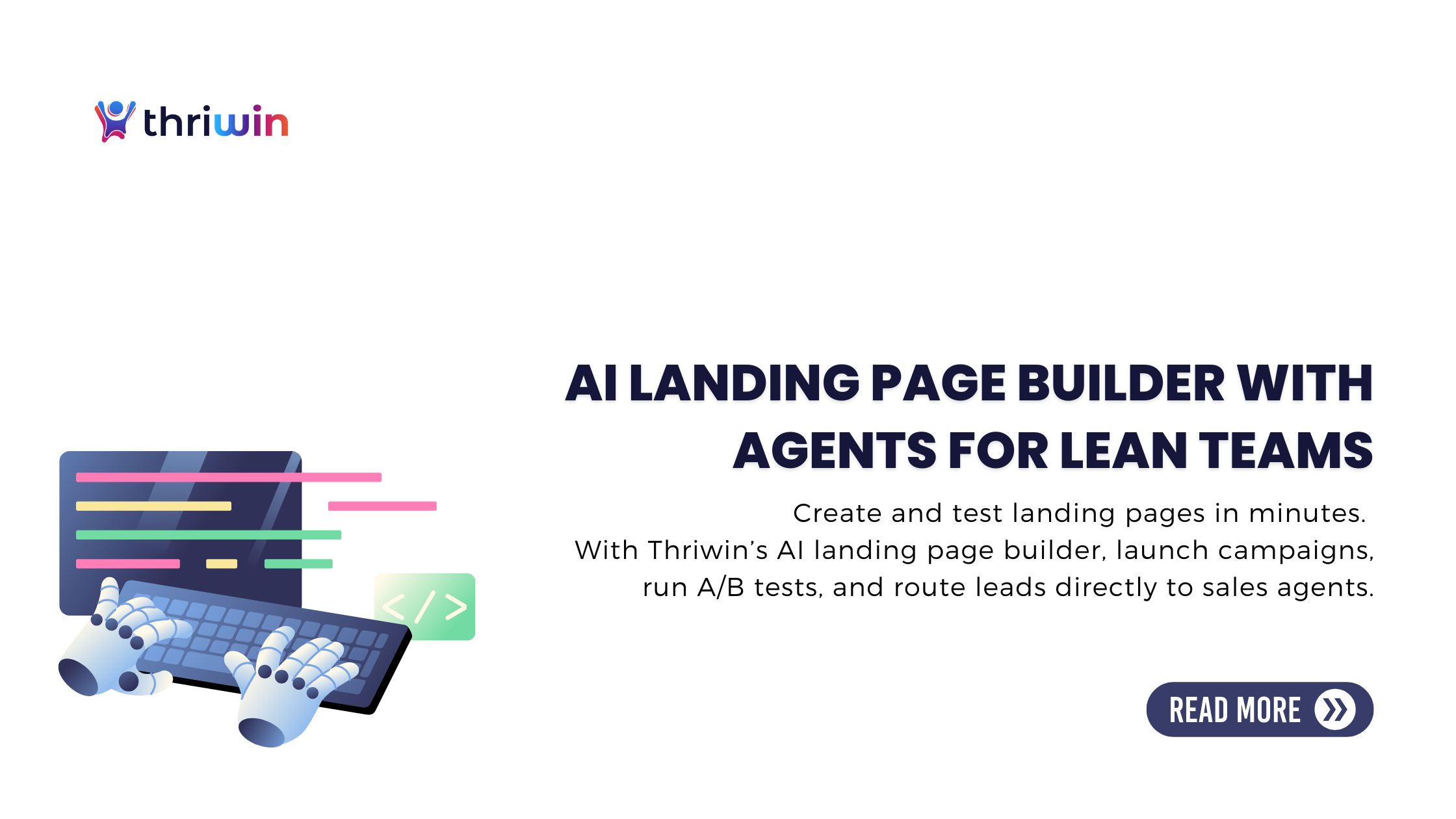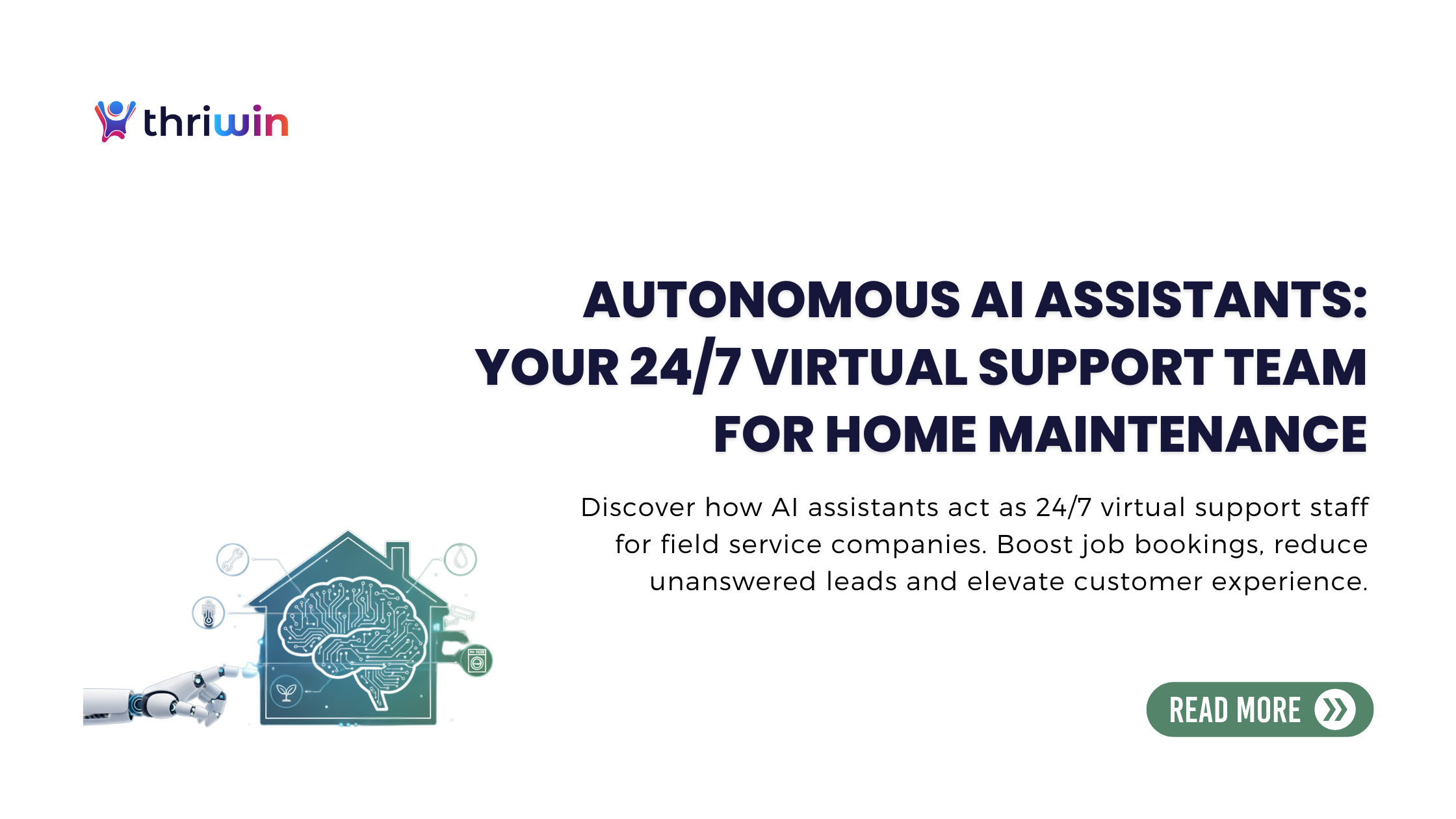The age of one-size-fits-all home services is over. Today's homeowners don't just want a good service; they demand a personalized, proactive, and predictive experience tailored to the unique characteristics of their property and their individual lifestyle. This shift is being driven by Artificial Intelligence (AI), which is enabling a level of customer-centricity once thought impossible: hyper-personalization at scale.
AI is transforming the home services industry—from HVAC maintenance and plumbing repairs to lawn care and smart home integration—by leveraging vast, granular datasets to create service offers, communication, and scheduling that feel perfectly timed and conceived for each individual homeowner. This detailed article explores the mechanics of AI hyper-personalization, its transformative benefits, the core technologies involved, and the future of tailored home services.
🧠 The AI Engine: How Technology Powers Tailored Home Services
At the heart of hyper-personalization is a complex ecosystem of data collection and AI-driven analysis. This technology stack allows service providers to move from being reactive problem-solvers to proactive property managers.
Core AI Technologies Driving Home Service Customization
- Machine Learning and Predictive Analytics
ML algorithms are the brains of the operation. By feeding them massive amounts of data—from a home’s square footage and the last HVAC service date to local climate patterns and typical component lifespan—the models can predict when a repair or maintenance need is likely to occur.
- Predicting System Failure: AI models analyze historical data from similar units (make, model, age) and current sensor data (e.g., rising energy consumption, temperature fluctuations) to predict a high probability of component failure within a specific window (e.g., 90 days).
- Optimal Scheduling: Determining the best time to offer a service, factoring in the homeowner's availability, peak season pricing, and the technician's route efficiency.
- Internet of Things (IoT) Data Integration
The rise of smart homes provides a constant, real-time data stream crucial for hyper-personalization. Devices like smart thermostats, water leak sensors, and smart meters are the eyes and ears of the service provider.
- Real-time Alerts: A smart water sensor detects an anomalous micro-drip. The AI system instantly flags this, not as a crisis, but as a proactive maintenance opportunity, leading to a perfectly timed, targeted service offer to prevent a major flood.
- Usage-Based Personalization: An HVAC system running overtime due to external heat spikes triggers an offer for a personalized attic insulation upgrade, based on the AI's calculation of the homeowner's current energy waste.
- Natural Language Processing (NLP) for Intent Mapping
NLP allows AI systems to understand the nuance of homeowner communication—from service call transcripts and email sentiment to chatbot interactions.
- Personalized Scripting: A homeowner expressing concern about "sky-high water bills" in a chat is immediately offered a personalized water-efficiency audit, complete with a projected cost savings based on their usage history.
- Feedback Integration: AI analyzes post-service feedback to tailor the next interaction, ensuring a customer who valued "speed" receives fast scheduling options, while a customer who valued "detail" receives a comprehensive pre-service checklist.
🛠️ Real-World Applications in Home Services
The theoretical power of hyper-personalization is already translating into tangible benefits across the home services ecosystem, dramatically improving the customer experience and operational efficiency.
- Tailored Service Offerings and Pricing
Hyper-personalisation moves away from static service tiers to highly flexible, modular offerings.
- Dynamic Maintenance Plans: Instead of a Bronze, Silver, or Gold plan, AI recommends a unique "Home Profile Plan" that bundles only the services relevant to a home's age, local micro-climate, and appliance wear rate. A home near the coast might receive greater emphasis on rust-proofing and gutter protection, while an inland home might focus on HVAC efficiency.
- Personalized Price Discounts: AI calculates the lowest discount required to secure the job for a specific customer, maximizing margin while still ensuring the sale. A loyal customer who rarely uses the service might get a deeper introductory discount than a new customer with a history of frequent, costly repairs.
- Proactive Scheduling and Predictive Maintenance (PdM)
The most valuable aspect of AI is its ability to predict needs before the customer is aware of them.
- "We Should Visit Before Summer" Campaigns: Instead of a generic email, the AI system analyzes the customer's specific A/C unit model, its installation date, the recorded service history, and the long-range weather forecast for the homeowner's area. This results in a message: "Based on the 90-degree forecast for your area and your A/C’s runtime last August, we recommend a pre-emptive coil cleaning on the 15th for optimal efficiency."
- Technician Matching: Beyond routing efficiency, AI matches homeowners to the technician whose skills, past customer ratings, and personality best suit the job and the customer's known preferences. This drives trust and repeat business.
- Seamless Customer Communication and Experience (CX)
AI ensures every touchpoint is relevant, timely, and delivered through the customer's preferred channel.
- Channel Preference: A homeowner who predominantly opens text message notifications will receive a personalized service reminder via SMS, while one who prefers detailed documentation will receive a personalized email with an attached report.
- Contextual Chatbots: AI-powered conversational agents use the homeowner's entire history to answer questions, not just a script. A question about the water heater is immediately contextualized with the exact model number, warranty status, and last service date, saving the customer the frustration of repeating information.
📊 The Business Impact: Driving Revenue and Retention
For home service companies, adopting hyper-personalization is not just about better customer service; it's a powerful strategy for significant business growth and stability.
- Maximizing Customer Lifetime Value (CLV)
When service feels proactive and relevant, the customer is more likely to stay, increasing their CLV.
- Reduced Churn: Personalized engagement builds loyalty. Customers are significantly less likely to shop around when their current provider demonstrates an intimate, predictive knowledge of their home's needs.
- Increased Upselling and Cross-Selling: Tailored offers have a much higher conversion rate. Recommending a new water filtration system right after the AI detects hard water mineral build-up in the plumbing lines is far more effective than a generic flyer.
3. Operational Efficiency and Cost Savings
AI optimization extends beyond the customer to internal operations.
- Optimized Inventory and Logistics: Predicting component failures allows companies to ensure the correct parts are stocked and loaded onto the technician's truck before the appointment, reducing costly second visits and improving first-time fix rates.
- Smarter Marketing Spend: Marketing budgets are optimized by targeting only those homeowners who are statistically most likely to convert on a specific, hyper-personalized offer, dramatically improving Return on Investment (ROI).
🚧 Challenges and the Path Forward
While the benefits are clear, implementing hyper-personalization at scale requires overcoming significant hurdles, primarily centered around data.
The Data Imperative: Collection, Silos, and Quality
The entire system is only as good as the data it consumes.
- Breaking Down Data Silos: Most home service companies have customer data fragmented across CRM systems, accounting software, dispatch platforms, and IoT logs. Integrating these disparate sources into a single, unified Customer Data Platform (CDP) is the foundational challenge.
- Data Privacy and Trust: Homeowners are sensitive about sharing data from their smart devices. Companies must be hyper-transparent about data use, offering clear value in exchange for privacy and ensuring strict compliance with regulations.
The Human Touch in an AI-Driven World
The final challenge is balancing automation with human empathy.
- The AI-Human Handoff: Technicians and customer service agents must be trained to leverage the AI's predictions without sounding robotic. The AI provides the insight, but the human must deliver the solution with empathy and expertise.
- Avoiding the "Creepy" Factor: Over-personalization can feel intrusive. AI models must be fine-tuned to present information and offers in a helpful, non-invasive manner that respects the homeowner's boundaries.
🔮 The Future Home: A Partnership Between AI and Homeowner
The journey toward full hyper-personalization is an evolution, not a destination. In the near future, the homeowner-service provider relationship will transform into a seamless partnership managed by AI. Homeowners will subscribe to a "Home Wellness Platform" where all maintenance, repairs, and upgrades are managed proactively, predicting needs years in advance, and scheduling services automatically with only a final, simple homeowner approval.
This shift promises not just greater convenience but also a significant increase in home safety, efficiency, and long-term asset value. For service companies that embrace AI and its hyper-personalization capabilities, the rewards will be measured in industry dominance and unparalleled customer loyalty. The future of home services is not just smart; it's personal.
Ready to stop managing home service leads with generic campaigns and start predicting what every homeowner needs? The principles of Hyper-Personalisation at Scale are no longer reserved for e-commerce giants—they are the future of profitable field service management. If your business is ready to capture in a competitive market, you need a platform that enables this one-to-one precision. Click here to explore how you can leverage AI-driven personalization to increase conversion rates, reduce churn, and instantly tailor your service offers for maximum customer lifetime value.
❓ Frequently Asked Questions (FAQ)
1. What is the core difference between personalization and hyper-personalization in home services?
Hyper-personalization uses advanced AI, machine learning, and real-time data (like IoT sensor readings and real-time behavior) to create an experience unique to a single individual at a specific moment in time, often anticipating a need before they know it. Personalization uses general demographic, geographic, and purchase history to tailor an experience for a large customer segment.
2. How does AI-driven hyper-personalization reduce costs for homeowners?
It reduces costs through predictive maintenance (PdM). By anticipating component failure or inefficiency (e.g., a furnace filter needing replacement) through AI analysis of historical and real-time data, service providers can address minor issues before they escalate into costly emergencies (e.g., a complete system breakdown). It also optimizes energy usage recommendations based on individual habits.
3. What data sources are most crucial for effective hyper-personalization in home maintenance?
The most crucial data sources include IoT sensor data (from smart thermostats, water monitors, etc.), the home's structural/asset data (age of the home, make/model/age of major appliances), service history (past repairs, frequency, and technician notes), and external contextual data (local weather, seasonal trends, and utility pricing).
4. Is hyper-personalization in home services compliant with data privacy laws?
Yes, but it requires diligent compliance with data privacy regulations (such as GDPR and CCPA). Ethical and compliant providers use data transparently, obtain explicit consent from homeowners, clearly explain the value exchange, and use anonymized or aggregated data where possible. Building trust through transparency is key.
5. Can small or local home service businesses implement AI hyper-personalization?
Absolutely. While the initial setup requires investment, modern SaaS platforms offer affordable, scalable AI tools for small to mid-sized businesses. They can start small by focusing on one area, such as using AI to predict the best time for follow-up calls or optimizing routing, and gradually integrate more complex tools, such as predictive analytics, into core service offerings.
%201.svg)






